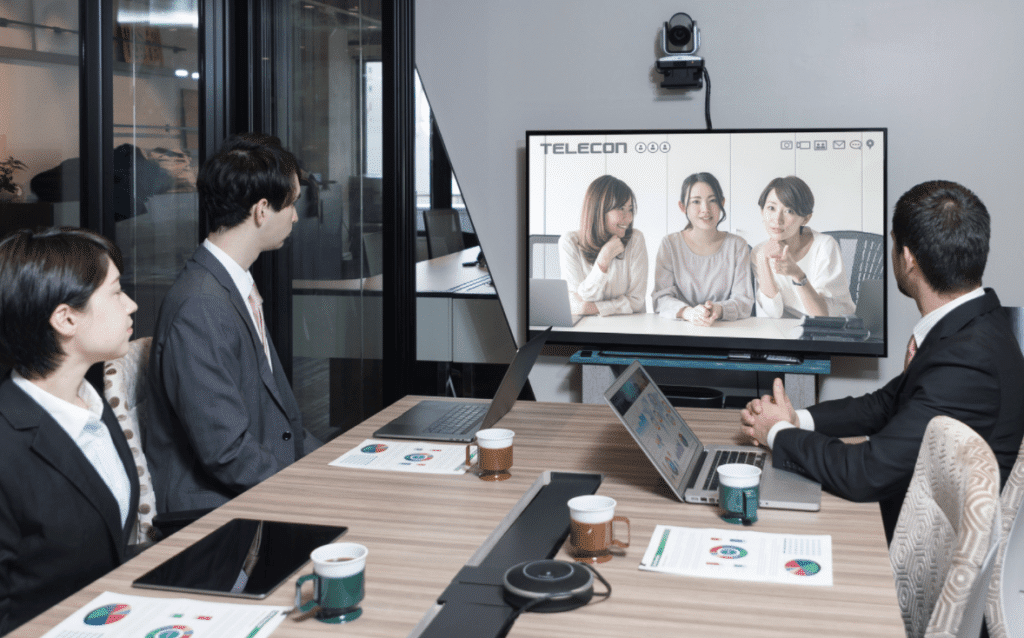Tips for Professional and Productive Video Conferencing
By Leslie Radford
Key Takeaways
Productive Video Meetings Tips
Video Conferencing Etiquette
Using Video Calls for Sales Meetings
Video conferencing seems to be the new norm. The global remote workforce increased by 140% between 2005 and 2019, and that number accelerated even further in 2020 when COVID-19 hit.
It’s a useful tool for communicating with remote work teams. But, between poor internet connections, annoying background noise, participants not knowing what is being discussed, and off-topic conversations, a video conference call can quickly become a frustrating mess.
Here are a few tips to help you host productive video meetings:
Set an agenda
Provide a plan before the video conference. Video meetings can be most productive when everyone knows the purpose of the session and better able to keep focused on the outcome. This will also assure the meeting doesn’t run too long and everything gets addressed.
Be engaging
Use shared visuals to accompany your agenda, like online whiteboards, shared screens, slide shows, and spreadsheets to keep participants engaged. While it’s nice to see everyone’s faces during a meeting, you need to switch it up to keep everyone’s focus. Use a conferencing tool with a chat function or poll to keep participants engaged with the material being covered.
Use the right tools to make video calls
There are many different tools available that can make your conference call a lot easier. The quality of call you offer participants is essential for a professional image and an effective meeting. A number of professional tools with which we have had good experiences are:
- Microsoft Teams
- Zoom
- Google Hangouts
- Skype
- GoToMeeting
- Cisco WebEx
- Join.me
Video Conferencing Etiquette
Just like there are rules at the dinner table, there are etiquette rules for video conferencing as well. To respect everyone’s time and effort, you need to be aware of the following to host a productive meeting:
- Mute yourself when not speaking
- Be on time
- Ensure your technology works correctly
- Use technology to fully engage remote participants
- Choose the proper software and hardware
- Wear work-appropriate clothing
- Frame the camera correctly
- Have the right light
- Look into the camera (not down at your phone)
- Pay attention (avoid multi-tasking)
Increase Productivity with Video Calls
Video calls aren’t just for remote workers and connecting teams. According to PGI, companies who use video calls for sales and customer support can save 30% from their transportation costs. And because your client doesn’t have to come to you, or visa versa, the easier it may be to schedule a meeting with them.
